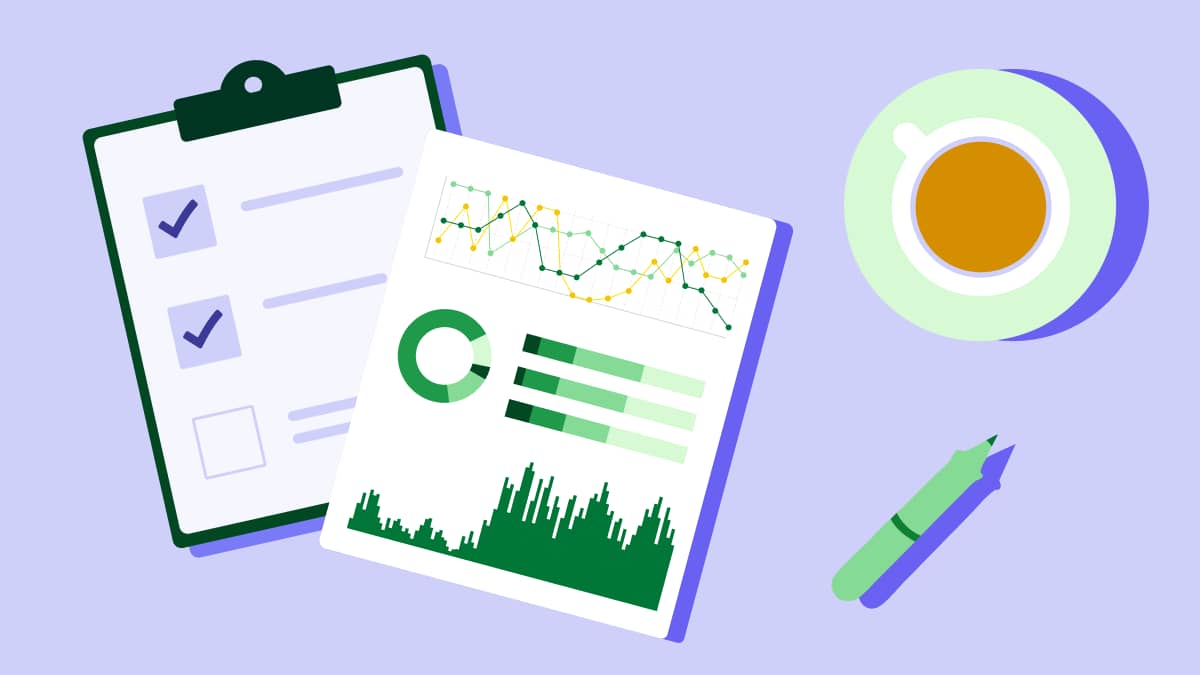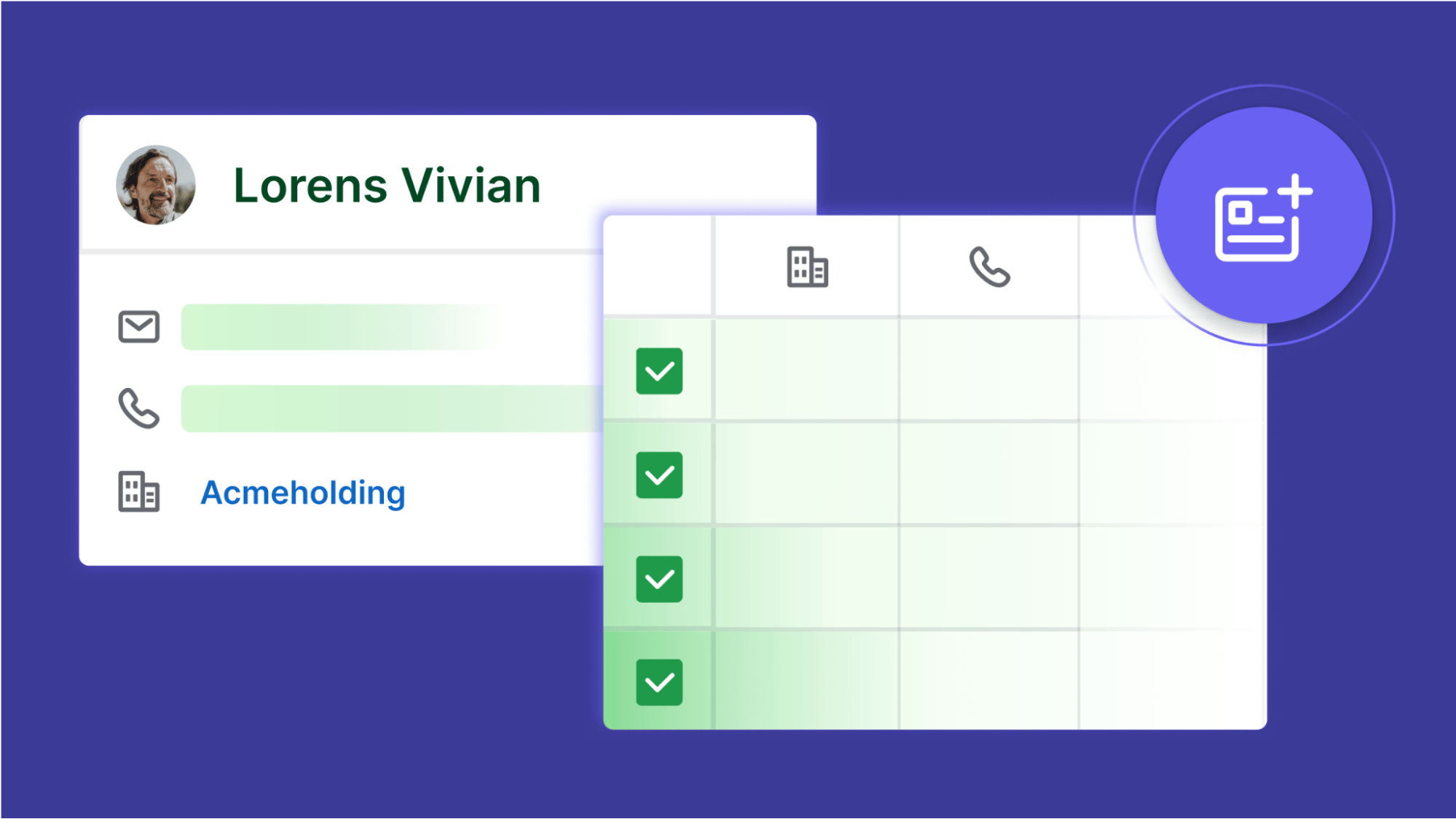As your business grows, you need robust systems that can send your audience relevant messages at the right time with little input from your team.
Marketing automation lets brands segment their audience and personalize their digital marketing campaigns at scale. To capitalize on automation and generate the best ROI for your marketing efforts, you’ll need to implement a marketing automation strategy.
In this article, you’ll learn how marketing automation works across the customer journey and how to create a robust marketing automation strategy.
How does marketing automation work?
Marketing automation uses technology to complete marketing functions that would otherwise need to be performed manually. Marketers typically use automation to handle time-consuming, repetitive tasks so they can devote attention to more labor-intensive work, like strategizing.
Some marketing automation is simple, such as auto-publishing a social media post at a specific time. In more complex marketing automation, a series of tasks may be triggered.
For example, when a new user registers an account, it can trigger a welcome email, an onboarding content series and the user’s details being added to a spreadsheet. This automated workflow saves marketers hours across a working week.
A third, fast-growing type of marketing automation technology uses artificial intelligence (AI) to optimize campaigns. For example, some marketing automation tools use AI to optimize the send times for an email campaign. AI can also help with content creation by suggesting keywords to include in content, scoring headlines and more.
You can use marketing automation across the entire customer journey, from before a prospect hears about you through to the point when a customer is sharing your brand with friends.
Key takeaways from this marketing automation strategy article
Learn about marketing automation, its benefits and how to create an effective strategy to boost ROI.
Discover how automation can streamline marketing tasks, personalize campaigns and enhance customer experiences.
Pipedrive’s Campaigns feature integrates with CRM, offering tools to create, segment and track automated email campaigns effectively. Try Pipedrive free for 14 days.
Examples of marketing automation to gain brand awareness and leads
Posting on social media platforms to increase brand awareness used to be a time-consuming process. Now, marketing automation allows you to find relevant hashtags, schedule, post and even leave a comment.
Business-to-business (B2B) lead generation tools, like Prospector, can match your target customer profile to a database and shortlist top results. Chatbots can route curious website visitors to a sales rep, assist with lead scoring or reply with relevant information without needing human intervention.
Automation can help you optimize blog content to make it easier for people to find your business in a Google search. It can also generate keywords for a YouTube video title so you appear as one of the top results.
Examples of marketing automation to nurture leads and drive conversions
Once potential customers are aware of your brand and have browsed your website, you can use automation to nurture them toward conversion.
For example:
Automatically retarget customers who abandoned carts or browsed a product on your website with ad campaigns or follow-up emails
Trigger promotional emails for customers who match a particular buying behavior or demographic (e.g. parents)
Automate loyalty programs to encourage customers to repurchase or share codes with friends
Run complex A/B tests on your landing pages to help increase your conversion rates
When you start with the right strategy, there are plenty of ways to please your customers and offer a superior customer experience with automation.
What is a marketing automation strategy?
A marketing automation strategy is a playbook for a brand’s automated marketing tactics. It should answer the who, what, where, when and how of your automation plan.
Your plan should tell you:
Who your audience is. Include detailed information on your target audience and each of the audience segments. Having a defined buyer persona will help your teams make better decisions and map automations to relevant customer needs.
What type of content you will automate. Will you automate email list admin work? Campaigns, blog content, social media posts or all of the above? Your strategy should detail what to prioritize with automation.
Where your content will appear. On which specific channels do you plan to automate content? This part of your plan details which social media platform your content will appear on or which spreadsheet gets updated, for example.When the automation will run. You might plan to automate email newsletters once a week or once a month. Perhaps you plan to post technical issues (e.g. “our servers are temporarily down”) and these should be automated as soon as the problem is flagged.
How you will evaluate your plan. Marketing automation strategies are never static. Plan to review and optimize your automations regularly. Just how regularly will depend on your business.
What are the benefits of a marketing automation strategy?
A marketing automation strategy will ensure you make informed decisions about which automations to devote your time to. Avoid devoting too much time to the wrong automations (e.g. tasks that should be monitored by humans), which could lead to a poor customer experience or cause bottlenecks.
On the other hand, automating the right things can do wonders for your team’s efficiency. A marketing automation strategy can help you:
Support both your customers and your team
Capitalize on otherwise missed opportunities with well-timed emails
Devote focus to more meaningful tasks (e.g. allow time for more creative ways to personalize marketing campaigns)
Add value to customers by making better use of existing content (on more channels)
Increase customer lifetime value (CLTV) by automating cross-selling and upselling opportunities
How to create a marketing automation strategy
Save time creating your marketing automation strategy by building a template. This allows you to apply automation to other areas of your business and is also helpful for determining where new marketing tools may fit into your strategy in the future.
Follow these steps to structure your marketing automation strategy template.
Step 1: Define your goals
Every strategy begins with goals and objectives to keep the plan on track. These will help you determine what to automate.
A goal is a broad, long-term outcome you want to achieve. Objectives are the short-term, measurable actions that will help you reach the goal.
If your marketing goal revolves around generating more brand awareness, then you might want to focus on what you can automate around content and social media.
Perhaps your goal is more internal and you’d like your team to focus more on creative campaigns. In this case, you might want to create an objective aligned with freeing up more time, looking at automating simple admin tasks that are currently time-intensive.
Keep your focus narrow and choose one goal to start. Here are a few goal categories to consider:
Grow the number of marketing qualified leads (MQLs)
Increase brand awareness
Convert more free trial users to paid customers
Reactivate lapsed customers
Reduce time spent on email list segmentation
Let’s look at an example of a hypothetical landscape education company, Landscape Design Academy (LDA). They encourage users to take a paid practical course following their free online course and set a goal to boost the number of paying customers.
Step 2: Set benchmarking and measurement
Now that you have a target to aim for, choose which metrics you’ll track to measure progress.
Here are example benchmarks you could use to indicate progress for some common goal types.
Increase leads: Increase newsletter signups, demo downloads or webinar attendance by 10% this year.
Improve brand awareness: Increase landing page views to 10,000 per month or increase follower count by 5,000 by the end of the quarter.
Boost engagement: Increase open rates and click-through rates by 10% this year.
Retain more customers: Reactivate 100 lapsed customers in Q1.
Most marketing automation solutions provide some level of analytics. Look for a solution that offers insights and reporting alongside analytics. Better yet, opt for a tool that can integrate with other analytics platforms, like Google Analytics to gather more data for the best overall view.
Let’s look back at our landscape company example. To measure whether they’re meeting their goal to increase numbers in their paid course, the team benchmarks the percentage of users who currently move from the free course to the paid course.
They then set a specific objective to help them get where they’d like to be by the end of the year. The team aims to increase free-to-paid rates by 20%.
Step 3: Map your customer journey to uncover needs
To understand where marketing automation can help make your goals a reality, you need to understand the journey your customers take through your sales funnel.
Map your customer journey (also called the buyer’s journey), or the steps the customer takes from discovering your brand to becoming a loyal customer.
Every customer journey is different, but most have the following stages:
Awareness: The prospect learns about your brand.
Consideration: The prospect considers whether to choose your solution, usually over a competitor.
Decision: The prospect converts to a paying customer.
Customer retention and advocacy: The new customer repurchases and shares your company with others.
Chances are that somewhere along the way things are stalling. This could be where customers are dropping off at higher rates. Internally, this could be a task that’s eating up a significant amount of your team’s time.
These types of business bottlenecks create a backlog and can hurt or stall customer relationships. To get past them, uncover where the issues are and determine how you’ll address them.
For example, LDA might map their customer journey and learn that customers typically become aware of their free course via an online search. They generally sign up to take the course after seeing an offer on the homepage.
Around half of those who start the course do not complete it, while around one-quarter of those who complete the course go on to purchase the advanced paid course.
Learning this, LDA realizes they need more customers to move from the consideration stage, where they take the free course, to the decision stage, where they move forward with their learning.
LDA decides to do the following:
Audit the free course to see where students are most likely to drop off and update if necessary
Send emails to encourage users to complete the free course
Promote the benefits of the advanced course
The company plans to implement an email marketing strategy to address the second and third points.
Step 4: Find the right marketing automation tools
To execute a successful strategy, you need the right marketing automation platforms in your tech stack. Finding the right marketing automation software can be a challenge with nearly 10,000 marketing software solutions (as of 2022).
Consider the following questions to choose the best marketing automation tool for your needs.
What level of automation do I need? Do you need a simple trigger or a complex series of events to happen automatically? This will help you determine what features to look for and what plans you’ll need, which will help you allocate budget.
Can I combine tools in my marketing tech stack? You might already be using tools for other purposes, such as customer relationship management (CRM) software. Consider whether your existing tools already contain the features you need in an add-on or higher-tier pricing plan. Also, consider whether your tools can integrate with other automation tools so you can scale automation when you need to.
Is it easy to use? No matter how well automation will serve your goals, your new tool may end up collecting dust if your team can’t use it efficiently. Look for tools with powerful features that are also simple to use.
Returning to our example, LDA decides to use email marketing automation to support their campaigns. The marketing team searches for a solution that integrates with its CRM platform.
They specifically want something that allows them to create multiple email drip campaigns from templates, segment audiences and track success with real-time analytics. They adopt Campaigns by Pipedrive, which integrates with their current project management tools, and use the drag-and-drop templates to get up and running quickly.
Step 5: Implementation and review
With your objectives set, your KPIs benchmarked, your marketing automation planned and your tools ready, it’s time to implement your strategy.
If you’re using a new tool or feature, it’s worth running some tests before rolling out campaigns to customers. The types of tests you run will depend on your automation and platform.
You can start by creating a test profile or setting up hypothetical projects and launching a small group of test emails. Ensure everything runs smoothly and nothing gets stuck along the way.
In LDA’s case, they might start by creating three email campaigns: one to reactivate students who have stalled in the course, one to promote the paid course and one to offer a discount to those who have completed the course.
The course company tests the campaigns on several fake profiles. They have one profile set to stop the course early on and one set to stop the course further down the line (aiming to trigger the reactivation campaign). Another profile is set to complete the course, aiming to receive the other two campaigns at different intervals.
Once you’ve successfully automated a number of projects in your own test, roll it out slowly to your list. Begin with a small group of real customers, and if successful, launch the automation with the rest.
Then review the results. Automation is intended to help you work smarter, not harder. However, issues do happen and automations can fail.
Keep an eye out for issues regularly and put systems in place for getting things back up and running quickly should any of the automations stop working.
Final thoughts
Marketing automation can save your team hours of admin time. This is time they can spend on higher-level tasks, like strategizing for the next campaign. It can also improve your customer experience across their journey with you, making automation a win for everyone.
The best way to determine which tasks to automate and where to place your resources is to create a marketing automation strategy. By following the strategy tips above, you’ll be well-placed to see real benefits from automation and improve your ROI.









